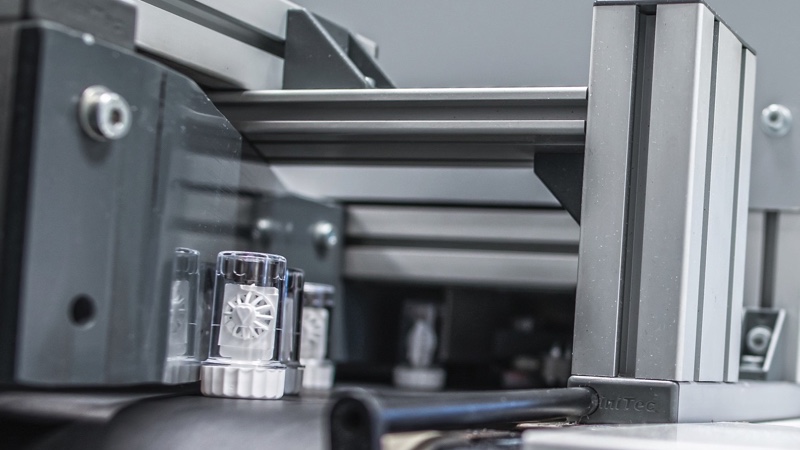Machinery and tool validation in injection moulding are fundamental to creating a stable pharmaceutical manufacturing process and derisking projects. James Hines, Process and Training Engineer at Sumitomo (SHI) Demag UK, explains why this complex validation process shouldn’t just be regarded as a box ticking exercise to get the US Food and Drug Administration (FDA) or other regulatory bodies off your back.
Validation exists to ensure that injection moulders have a stable and dimensionally centred process. Before you start validating, it is vital to be clear on your expectations. If it’s to provide a documented source of evidence to satisfy a regulatory body, it must be done. But that shouldn’t be the sole motivation. The objective of having an efficient process and repeatable high product quality should never be overlooked, as this is ultimately how you can avoid costly product recalls and cosmetic product defects.
In 2015, the European Commission issued its new version of Annex 15 that now requires manufacturers to ensure that “critical aspects” of their operation are validated throughout the product lifecycle. This includes any changes that could impact a product’s quality. Effective from 1 October 2015, the amendment to EurdraLex Volume 4, Annex 15: Qualification and Validation closely mirror FDA’s lifecycle approach. There’s also a greater emphasis on risk management to reflect today’s manufacturing and regulatory environment.
Taking a scientific step-by-step approach
For any manufacturer of pharmaceutical components, zero defects is still the target. In the medical industry, there’s no wiggle room. You can’t shift the parameters to suit. If you’re producing a medical device or a sterile implant, nothing less than 100% quality is acceptable.

Scientifically focusing on zero defects and designing out production weaknesses
Conducted by an engineer, there are three key phases to process validation. FDA categorises them as Process Design, Process Qualification and Continued Process Verification. These reflect the focus on the manufacturing lifecycle and the need to provide scientifically valid data to verify that your injection moulding processes start and continue to remain stable. Every stage of each injection moulding cycle must be documented.
Process Design: checking you have the proper sized machine — shot size and tonnage — and that equipment is properly calibrated. Process Qualification: establishing the range of process parameters. This involves conducting a selection of statistical and dimensional studies to identify and investigate any deviations in the process. A process is not considered validated if the variations have negatively impacted the finished product in any way.
Continued Process Verification: this final phase focuses on demonstrating that the process is consistently stable. It involves simulating different production runs using the same equipment and the processes being routinely used, ensuring repeatability of the set-up conditions throughout the machine’s full lifecycle.
One of the most significant changes to the new directive and ISO 13485 standards is the ongoing documentation of the injection moulding process. This means that when machine settings are adjusted to compensate for changes in the environment or to address moulding issues — such as pulling, distortion or aesthetic defects — it will trigger a revalidation exercise. So too would major repairs, changes or improvements to the mould tool and machine. Naturally, the cost and time implications each time a moulder repeats this validation process can be extensive.
More than good business practice
From a business perspective, validation can address profit-driven challenges and design out production weaknesses. Functional tests can help operatives to better understand what drives the machine, how fast it goes and the consequences if manufacturing procedures are not correctly followed.
Although not a prerequisite for all sectors, validation is essential within the pharmaceutical industry and is a good business practice for a large number of mass manufacturers of injection moulded medical components. Think of it as a long-term investment. Essentially, it’s a risk assessment that, when executed professionally, can deliver efficiency gains and save your business time, money and resources by ensuring product integrity and reducing scrap volumes.




